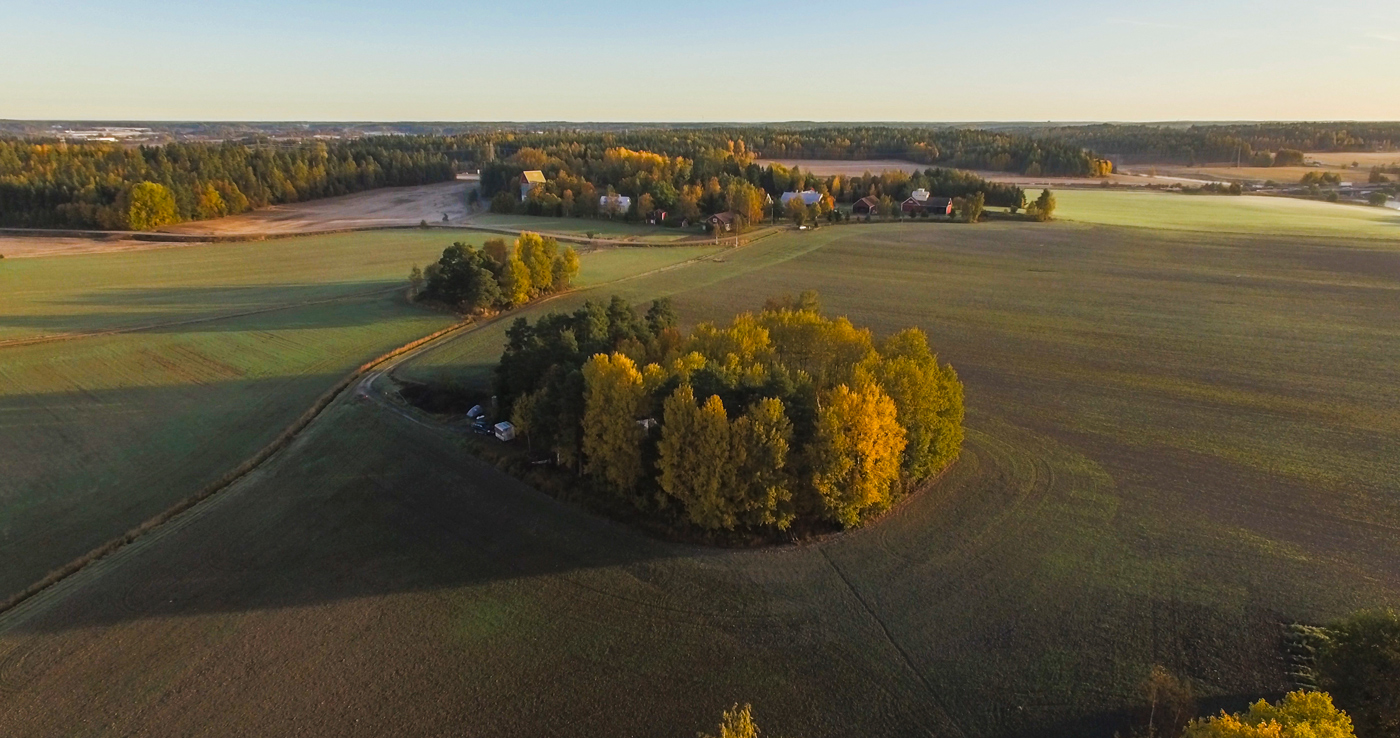Cookies
CookiesThe link opens in a new tab
The Lutheran Church was formed at the end of the medieval period, arising from a critique of the practices of the Roman Catholic Church. Our Church has been named after Martin Luther who thought, for example, that it was important that everyone could read the Bible in their own language.
The Lutheran faith came to Finland largely through the work of Mikael Agricola in the 16th century. He translated most of the Bible into Finnish and is thought to be the father of written Finnish.
The oldest Church remains in Finland have been found on Ristimäki hill in Ravattula, Kaarina. The remains have been dated to the late 12th century–early 13th century.
As the town of Turku began to emerge in the course of the 13th century as the most important trading center in Finland, the Bishop’s see of the Diocese of Finland was moved. It was transferred from Koroinen its previous location, which lay some distance away on the banks of the Aura River, to the middle of the town.
A small parish church was built on the hill of Unikankare in Turku, and was consecrated as the church of St. Mary around the middle of the 13th century. The church was originally made of wood and later rebuilt with stone.
When the stone church was built on the mound at Unikankare, the surrounding town of Turku was still only a very small community. The stone church was consecrated as the Cathedral Church in 1300, and the Episcopal Seat was moved from Koroinen to Turku at the same time. The Cathedral was dedicated to the Blessed Virgin Mary, and also to the patronage of the first Bishop of Finland, St. Henry.
In the Middle Ages, several side chapels containing altars dedicated to various saints were added to the Cathedral. They were later converted into funeral vaults. By the beginning of the 16th century, the Cathedral had approximately acquired its present shape.
According to folk tradition, St Mary's Church or Maaria Church in the village of Räntämäki, was built at a place where sacrifices had been performed in heathen times. It had also been the site of the village burial ground and a place of assembly. The village of Räntämäki was renamed after the patron saint of the Church, St Mary. The church took the name of St Mary from the nearby episcopal church of Koroinen, although the original patron saint was the first Bishop of Paris, Saint Dionysios. The oldest part of the church is the present sacristy, which was built adjacent to the older wooden church in the late 13th or early 14th century.
The parishes of St Mary and St Catherine developed at about the same time; they were both near the mouth of the River Aura but on opposite sides. There is no written record of the rise of the parish of St Catherine, it is first mentioned in the year 1309. The construction of St Catherine's Church began in the 1340s, the sacristy being completed first and the church later. It was consecrated on the 22nd-23rd January 1351 by Bishop Hemming of Turku and Bishop Thomas of Växjö.

CookiesThe link opens in a new tab